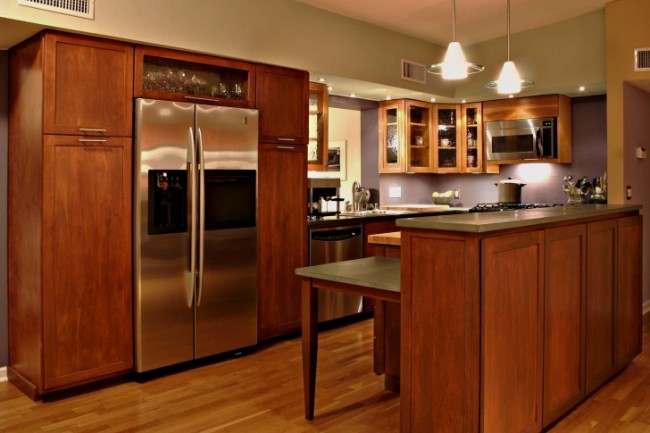
One of the great things about having restaurant-grade equipment in your home is it allows you to cook like the pros. Instead of bumbling through food preparation, a well-designed kitchen will allow you to speedily prep and cook your menu. Or will it? Do folks with these incredible kitchens actually have a better cooking experience?
Professional Grade Problems
One of the biggest problems with professional equipment is it isn’t designed for residential use. As Penny Moser said in an article for Food and Wine Magazine, “I could buy a restaurant stove for my home. Not only would it cook like a demon, but it would probably outlive me. The downside of a full-size commercial stove is that it would not fit in my kitchen. I might even have to shore up my basement joists.”
Professional vs. Standard Pricing Comparison
In addition to its formidable bulk and mass, professional equipment packs quite a wallop for your wallet, as well! While simple professional ranges start at about $3,000 to install, a high-end range can easily run you $9,000 or more. Take a zero off the end of those figures and you’ll have the price for installing many of the consumer-grade ranges found in retail stores.
The Snowball Effect
Another thing to consider is purchasing a professional-grade range (even if you can afford it and doesn’t require beefing up your joists) will require a professional-grade exhaust system to effectively remove smoke and grease in the air.
Once you’ve got your stove top in order and properly ventilated, you can’t really get the full effect of how quickly and efficiently you can prepare a meal unless you’ve got the convection oven with the rotisserie addition. Heck, you might as well throw in a refrigerated work table and a steam table while you’re at it! This kind of accessory overload might sound familiar (remember all the must-have extras when you upgraded to an HDTV). However, surround sound and DVR are things that those who have them tend to use every day!
Stop the Madness!
Of course, if you cook a ten-course meal every evening, all this fantastic equipment will certainly make your life easier. Since this hardly describes most American households, there comes a point when getting the biggest and best is as ineffective as it is costly. Not only do these fancy appliances cost thousands more than their less extravagant counterparts, they are also more expensive to operate because they require more energy to run.
When planning your new kitchen and buying these major appliances, take a realistic look at what you are purchasing and your normal kitchen habits. Are dishes continually a problem? Upgrading to a more powerful, more energy-efficient dishwasher is probably in your best interests. Like to bake? A wall oven’s waist level placement can make basting a breeze. Hate going to the grocery store? Buying in bulk means fewer trips, but you’ve got to have the storage space (dry, refrigerated and frozen) to make it work.
The key to a better kitchen is not always having the best equipment. It’s having the best equipment for your needs. If you find an appliance contractor you trust and give yourself enough time to plan, your new kitchen will be a great place to cook, an easy area to clean and a space where nothing is wasted.
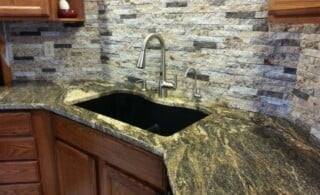 Corner Bathroom and Kitchen Sinks
Corner Bathroom and Kitchen Sinks 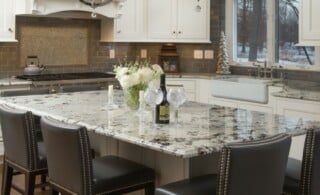 America’s Costliest Kitchen Projects
America’s Costliest Kitchen Projects 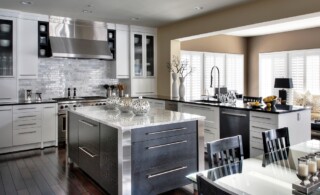 Where Does Your Money Go for a Kitchen Remodel?
Where Does Your Money Go for a Kitchen Remodel? 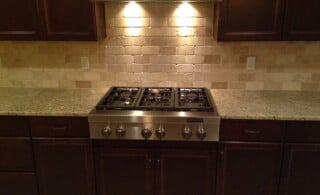 Range Hood Cleaning Tips
Range Hood Cleaning Tips 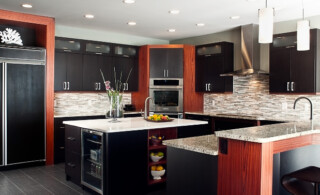 Creating an Ideal Kitchen
Creating an Ideal Kitchen 

Are You Familiar With This Topic? Share Your Experience.